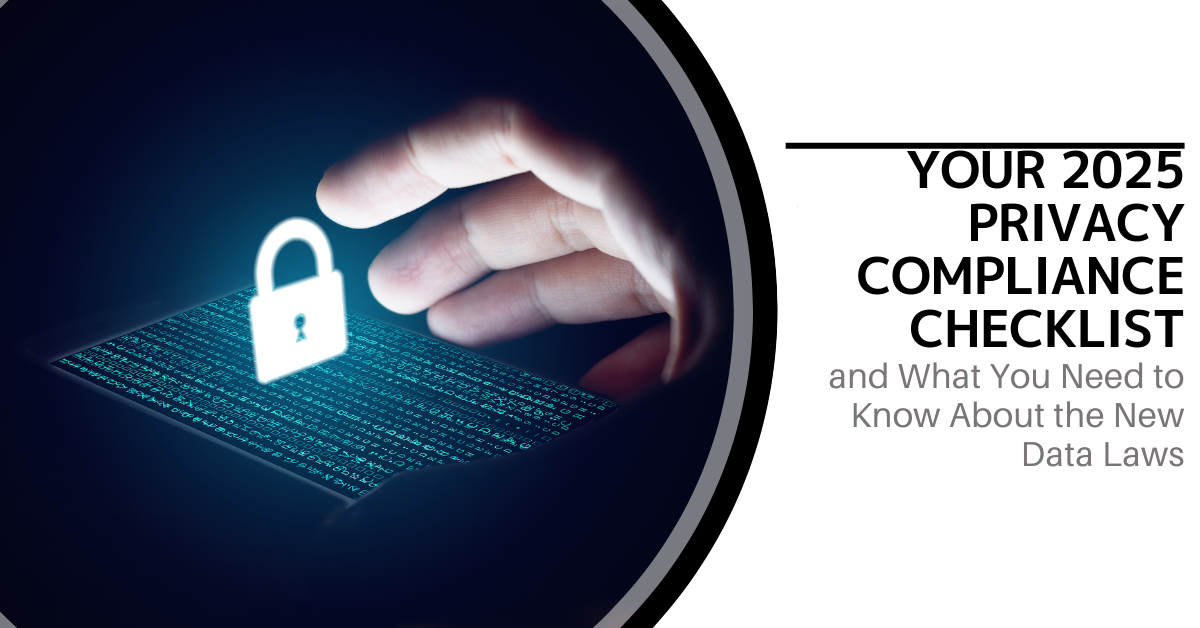When a new employee joins your team, you’re likely focused on the basics—getting them a laptop, setting up email, and making sure they’re introduced around.
But there’s one critical question most leaders miss:
How secure is your business the moment a new hire steps in?
Because here’s the harsh truth:
💣 New employees are prime targets for cybercriminals.
And unless you act fast, they could be your weakest link.
🎯 Attackers Know Exactly Who to Target—And When
Starting a new job is exciting… and overwhelming.
New hires don’t know your internal systems. They’re eager to follow instructions. And they’re trying to prove themselves.
That combination makes them incredibly vulnerable.
Criminals exploit this uncertainty with deceptively real-looking phishing emails:
- “Update your HR details here”
- “Urgent invoice from accounting”
- “Hi, it’s your manager—can you send me the client file?”
And because new hires don’t yet know what’s normal, they’re far more likely to click.
📊 71% of new hires fall for phishing or social engineering attacks within their first 90 days.
Worse still, new staff are:
- 44% more likely to click phishing links than experienced colleagues
- 45% more likely to fall for impersonation attacks from fake executives
🛡️ So, What Can You Do About It?
Train early. Train smart. Train like your business depends on it—because it does.
🧠 The most effective companies don’t wait until onboarding is over to talk cybersecurity.
They lead with it.
And they’re seeing results:
Companies that deliver tailored security training and realistic phishing simulations to new hires saw phishing risk drop by 30% after onboarding.
That’s a huge win—for a small investment of time.
🧰 The Hero’s Toolkit for Onboarding Defense
Here’s how to turn your new team members into cybersecurity defenders, not liabilities:
✅ Start cybersecurity training on day one
✅ Include real-life phishing simulation exercises
✅ Explain who to contact if something looks suspicious
✅ Normalize double-checking strange requests
✅ Regularly refresh their knowledge
Yes, your firewalls and software matter. But they won’t stop a human clicking a convincing link.
Your people are your first line of defense—and right now, your newest are your most exposed.
Unless you lead from day one.
📞 Need Help?
If you're ready to build a strong, secure onboarding process that turns new hires into cyber champions, we’re here to help.
Let’s talk about what day-one defense looks like for your business.
















